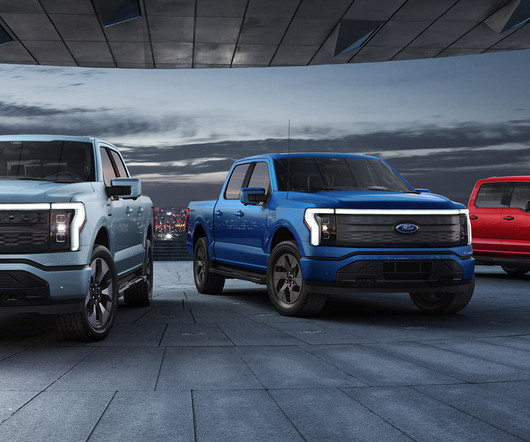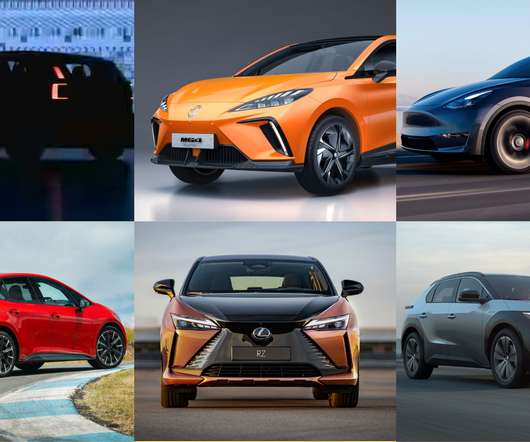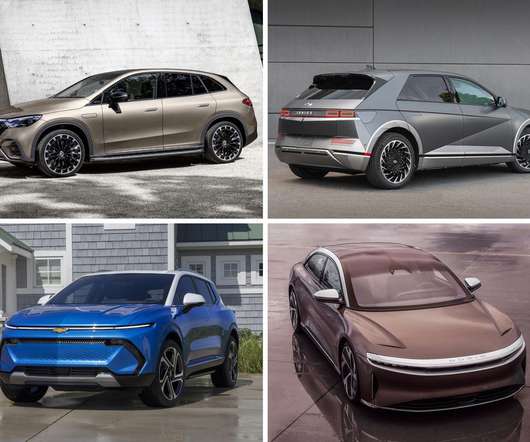EV ute overload: The electric pickups coming soon
EV Central
OCTOBER 27, 2023
litre turbocharged four-cylinder petrol engine with two electric motors, providing about 100km of EV range as well as the ability to travel further on petrol. The most powerful F-150 Lightning will have up to 433kW and 1051Nm and be capable of faster acceleration than any petrol-powered F-150 before it.












Let's personalize your content